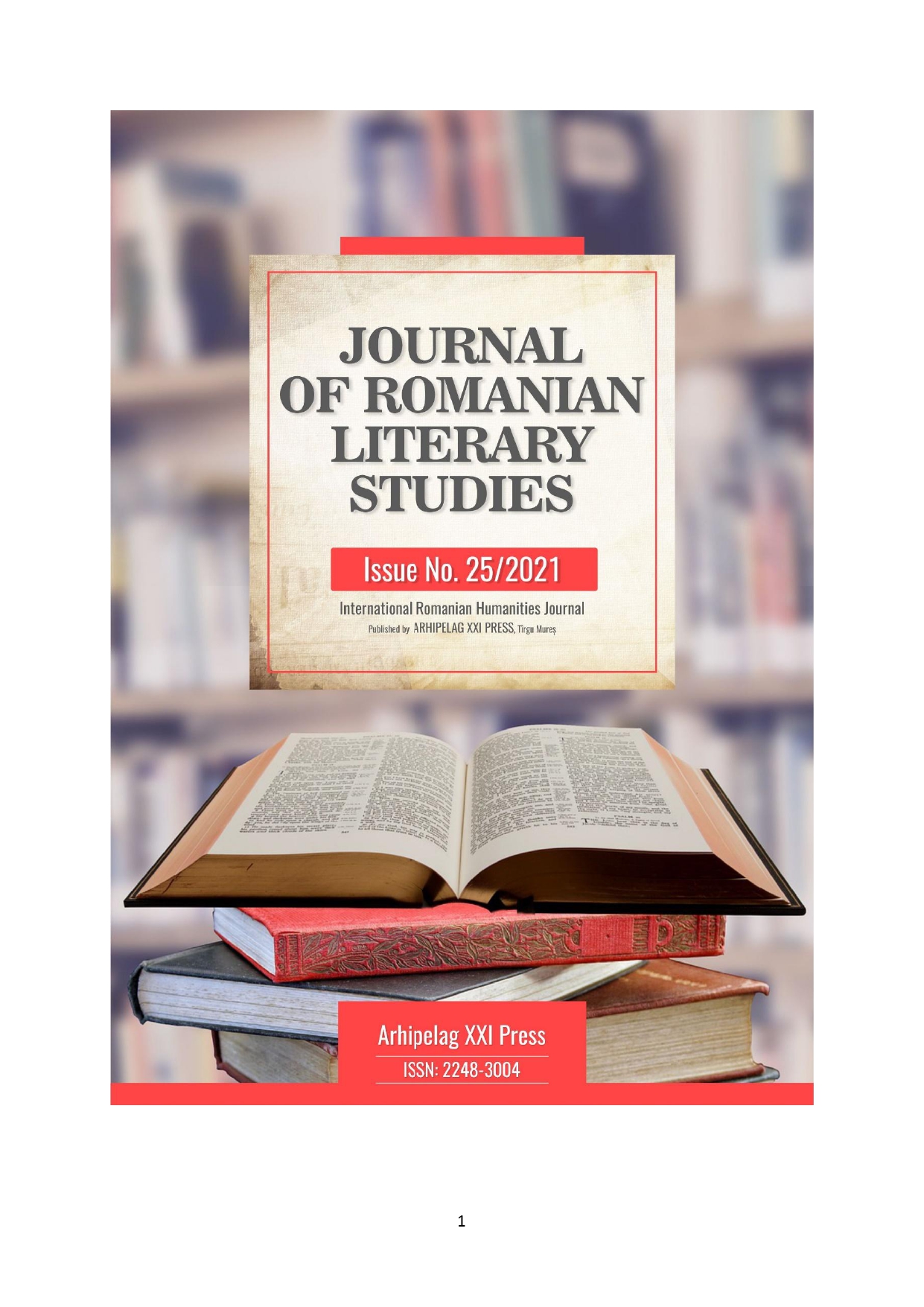THE ROLE OF REAL AND UNREAL CITIES IN T.S. ELIOT’S POETRY
THE ROLE OF REAL AND UNREAL CITIES IN T.S. ELIOT’S POETRY
Author(s): Viorel STĂNESCUSubject(s): Poetry, Philology, Theory of Literature, American Literature
Published by: Editura Arhipelag XXI
Keywords: cities; poetry; T.S. Eliot;
Summary/Abstract: The use and concept of inner and outer spaces in T.S. Eliot’s work is a much-discussed topic and explored, summoning input from academics, critics and artists alike. However, as tackled and popular as this topic may be, separate and in-depth analyses of the cities found in T.S. Eliot’s poetry are nowhere near as frequent. As cities belong to the meta-category of outer spaces, they are most frequently taken into consideration in conjuncture with a plethora of other outer spaces, even though they, as separate entities, hold precious insight regarding the poetic message. The present paper addresses just that, the role of real and unreal cities. By “unreal” we mean not necessarily cities that do not exist, or, better said, no longer exist, but visions of certain cities incompatible with their surface image and identity. Other than the Introduction and a set of Conclusions, the paper is structured in three parts – London, Exoticized Cities and Other “Unreal Cities”, the final part being, in turn, comprised of separate analyses of the cities of Munich, Jerusalem, Athens, Vienna and Carthage. Finally, the paper attempts to answer a set of questions – Where does the city end and the man begin? How does the space of the city, a major theme in T.S. Eliot’s work, shape the individual? And, most of all, what sort of reality is the reality of urban spaces? – in hopes of clarifying the role of this particular form of outer space in T.S. Eliot’s Poetry and its relevance for the interpretation of the poet’s depiction of contemporary human condition.
Journal: Journal of Romanian Literary Studies
- Issue Year: 2021
- Issue No: 25
- Page Range: 435-443
- Page Count: 9
- Language: English

